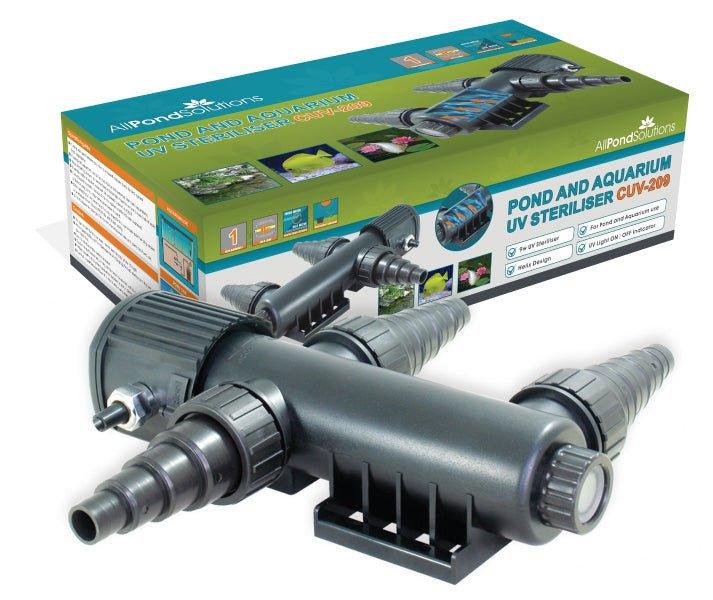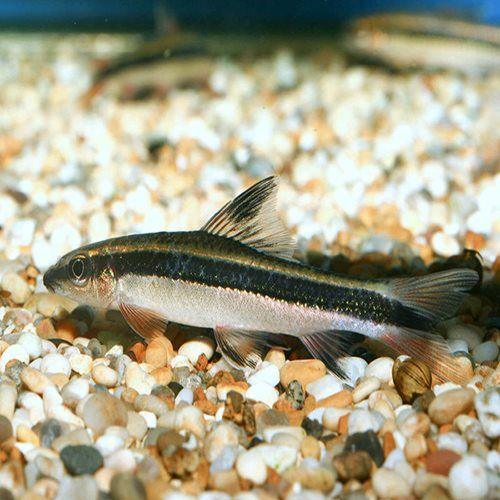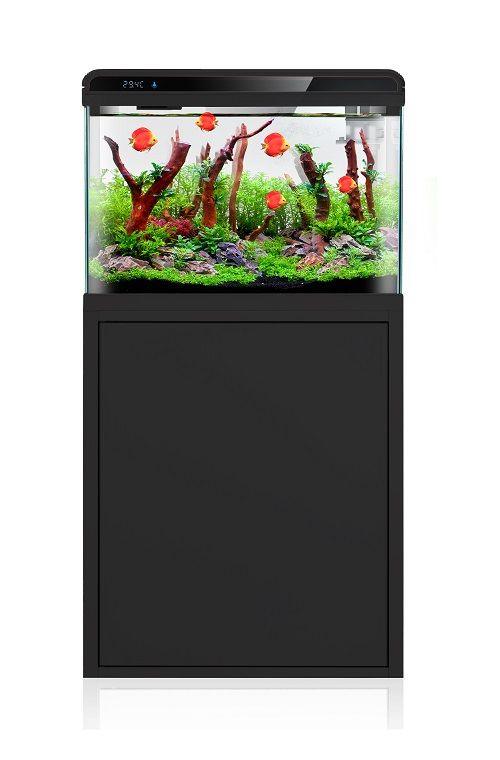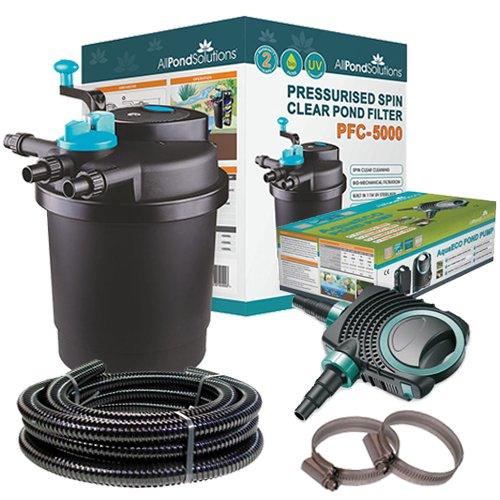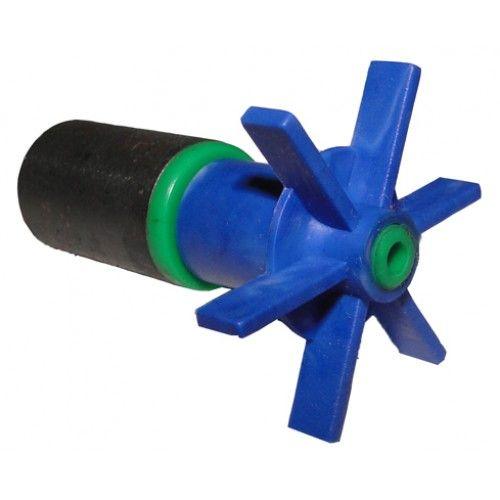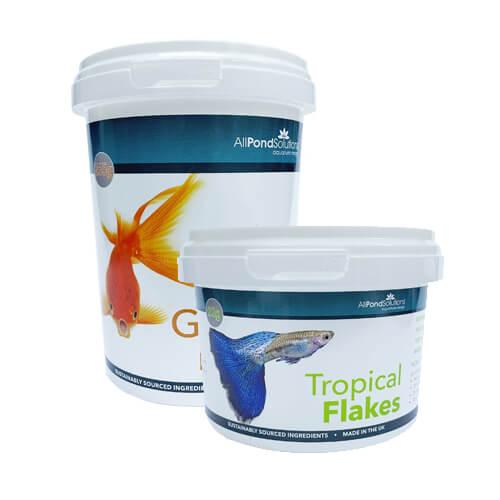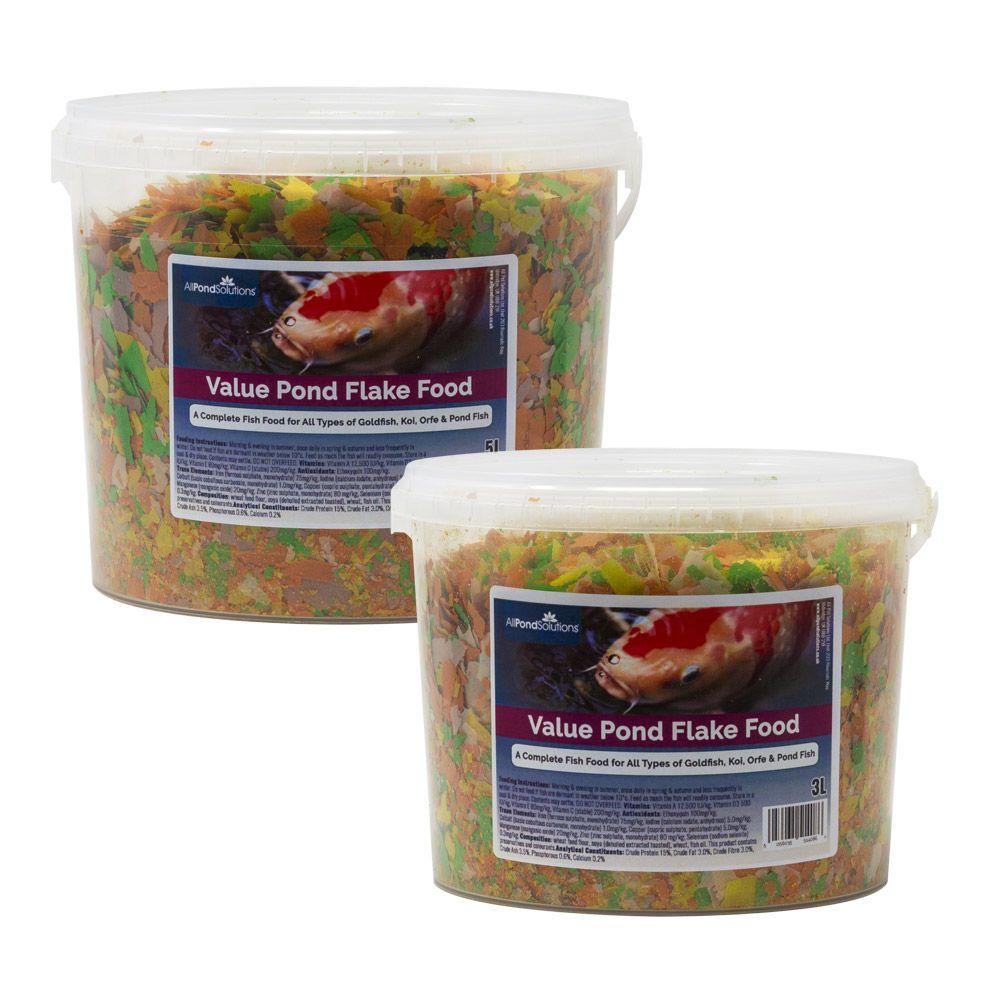Scientific Name: Crossocheilus siamensis
Please note – The image used above is for illustration purposes only; Size, colour and sex may vary. Many of our livestock species are sold as juveniles and have not yet reached their full size and colour potential. If you have any concerns about the size or colour of the livestock you wish to order, please contact our livestock team via our support centre before placing your order. Due to the large quantities of livestock orders daily, the livestock team will are unable to select fish / shrimp to meet specific gender or aesthetic needs.
Approximate purchase size:
Approximately 5cm
How easy are they to care for?
Peaceful and easy to care for fish, perfect for the beginner aquarist.
How large can they grow?
15cm
Where in the world are they from?
They originated from Southeast Asia, including Thailand and Malaysia.
What is the ideal number to keep together?
Siamese Algae Eaters are active and social creatures that will do well in both large groups, and when kept alone. 
What water conditions do they require?
Temperatures should range between 24-26°C, while pH should be between 6.5 - 8. This species will do well in most well-maintained tanks but is best-suited to a set-up designed to resemble a flowing river or stream, with a substrate of variably-sized rocks, gravel.
What should you feed them?
Can be fed a variety of flake, frozen, freeze dried and live foods for a varied diet. Sinking foods like pellets are a great choice as they’re more likely to fall past fish higher up in the tank. Please note sometimes Siamese Algae Eaters will stop eating algae in favour of the other foods you give them if being fed too much.
How compatible are they with other fish?
Siamese Algae Eaters are peaceful and rarely aggressive fish perfect for a community fish tank. However, they’re quite energetic and swim around quickly, which means they might disturb and unsettle any calmer species.
Can they be bred in captivity?
Tank breeding is unheard of.
